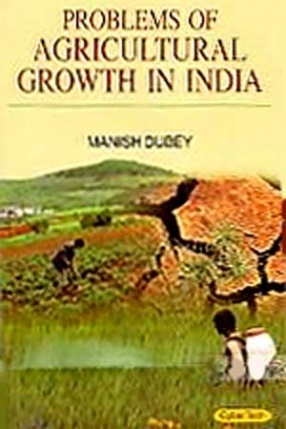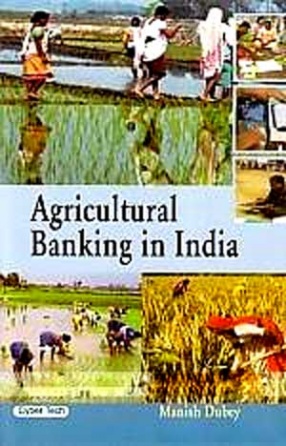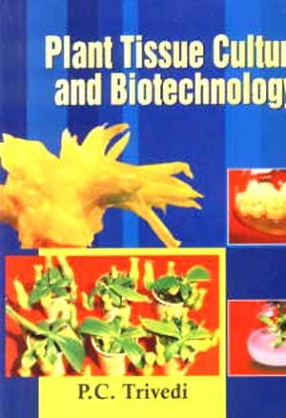Although agriculture contributes only 21% of India’s GDP, its importance in the country’s economic, social, and political fabric goes well beyond this indicator. The rural areas are still home to some 72 percent of the India’s 1.1 billion people, a large number of whom are poor. Most of the rural poor depend on rain-fed agriculture and fragile forests for their livelihoods. The sharp rise in food-grain production during India’s Green Revolution of the 1970s enabled the country to achieve self-sufficiency in food-grains and stave off the threat of famine. Agricultural intensification in the 1970s to 1980s saw an increased demand for rural labor that raised rural wages and, together with declining food prices, reduced rural poverty. Sustained, although much slower, agricultural growth in the 1990s reduced rural poverty to 26.3 percent by 1999/00. Since then, however, the slowdown in agricultural growth has become a major cause for concern. India’s rice yields are one-third of China’s and about half of those in Vietnam and Indonesia. With the exception of sugarcane, potato and tea, the same is true for most other agricultural commodities.
Agricultural Planning and Social Justice in India
In stock
Free & Quick Delivery Worldwide
reviews
Bibliographic information
Title
Agricultural Planning and Social Justice in India
Author
Edition
1st ed.
Publisher
Cyber Tech Publications, 2009
ISBN
8178844664
Length
viii+264p., Tables.
Subjects








There are no reviews yet.